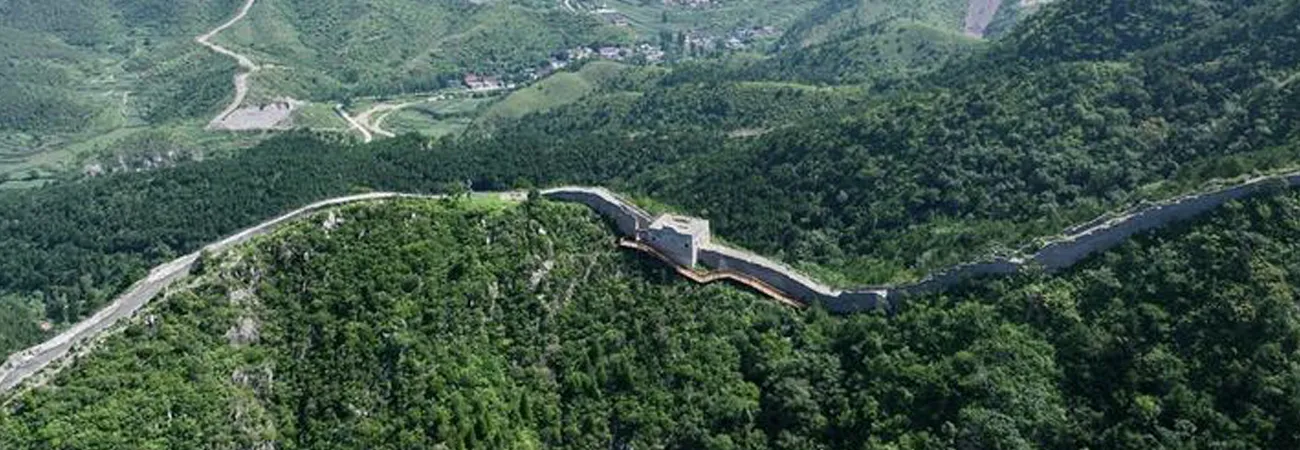XINHUA-PAKISTAN SERVICE
BEIJING, July 09 (INP): China was the first middle-income country to develop a high-speed railway (HSR) network and it has been built at an average cost of $17 million to $21 million per km—about two thirds of the cost in other countries, according to the recent World Bank report titled China’s High-speed Rail Development.
The report points out the development of a well-analyzed long-term plan, the Medium and Long Term Railway Plan strongly supported by government, provides a clear framework for development of the system, China Economic Net reported on Tuesday.
"China has built the largest high-speed rail network in the world. The impacts go well beyond the railway sector and include changed patterns of urban development, increases in tourism, and promotion of regional economic growth," said Martin Raiser, World Bank director of China.
Since 2008 China has put into operation over 25,000 kilometers (km) of dedicated high-speed railway (HSR) lines, far more than the total high-speed lines operating in the rest of the world. By 2017, China Rail High-speed (CRH) services had increased to over 1 billion train-km per year, almost all of which was on dedicated lines with a maximum design speed of 250 kph or more.
For example, the intercity railway between Beijing and Tianjin has a daily service frequency of 100 pairs currently, with service intervals of under 10 minutes at peak times. Long-distance lines like the Beijing–Shanghai line connects 11 cities over 1,318 km have 248 pairs of trains running on all or part of the line every day.
In China, high-speed rail service is competitive with road and air transport for distances of up to about 1,200 km. On a purchasing power parity basis, Chinese fares are about one-fourth the base fares in other countries, because the average cost of HSR lines (including signaling, electrification, and facilities) are at least 40 percent cheaper than construction costs in Europe, the report said.
The economic rate of return of the network as it was in 2015 is estimated at 8 percent, well above the opportunity cost of capital adopted in China and most other countries for such major long-term infrastructure investments.
Regarding railway risk control, Chinese HSR focuses on safety throughout the entire life cycle, combining technical solutions in the design phase, project quality in the construction phase and inspection and maintenance in the operation phase.
Its emissions are about one-third to one-half those of aircraft. The estimated net effect was a small reduction of about 2 percent in CO2 emissions if the HSR network were not there.
"Large numbers of people are now able to travel more easily and reliably than ever before, and the network has laid the groundwork for future reductions in greenhouse gas emissions," Raiser said.
INP/J/SB





